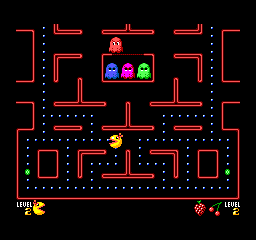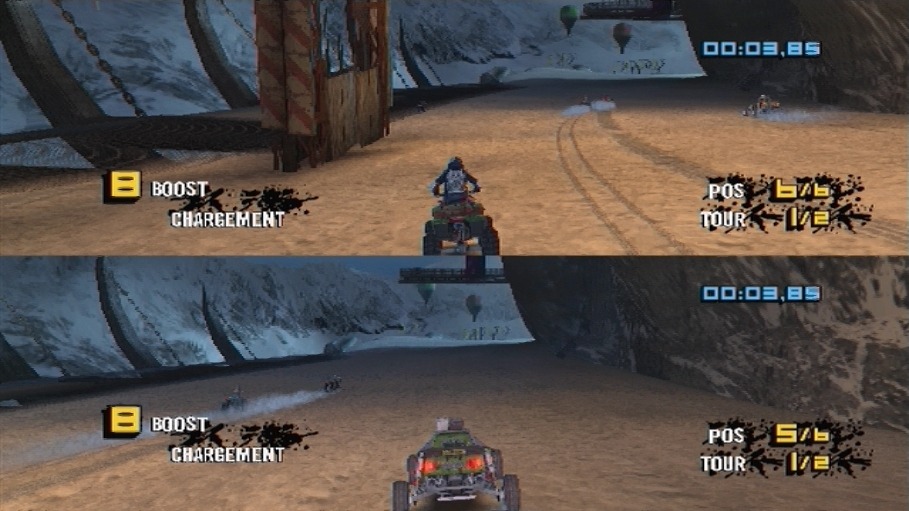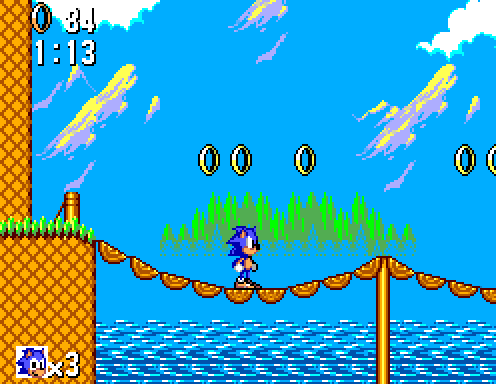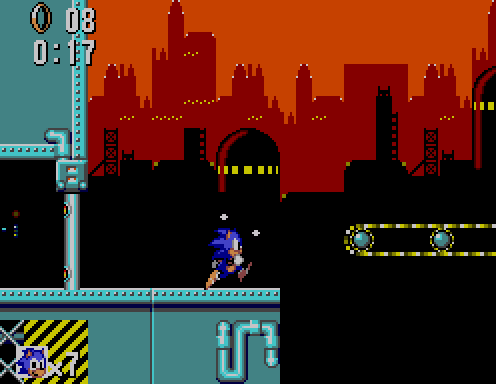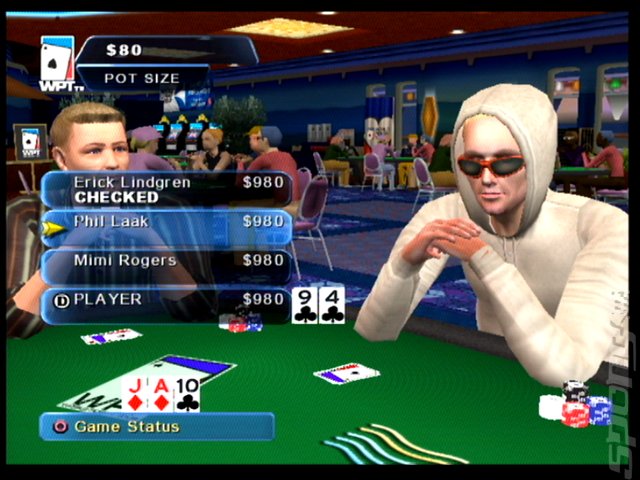Game: Crazy Taxi
Console: Sega Dreamcast/Sony Playstation 2
Developer: Hitmaker/Sega (AM3)
Release Date: 24th January 2000
Among the first 6 games I got for my Sega Dreamcast was Crazy Taxi, originally an arcade game brought to Dreamcast a year after its arcade release. After this it was ported to Playstation 2, Gamecube, PC, and later the PS3 and Xbox360. The gameplay revolves around being a taxi driver in a city somewhat similar to San Francisco. Retaining the arcade style gameplay, the player must seek out fares and deliver them to their destination against a time limit, receiving time bonuses and fare bonuses for fast and action packed driving.
Arcade mode features the original map used in the arcade version, which is fairly easy to navigate and learn, Original mode has a different map which is larger and features which are harder to memorize, and Crazy Box mode contains minigames based around driving techniques used in the main game. The first 2 modes can be played with either a time limit which can be replenished as in the arcade, or a fixed time limit which cannot be added to.
Sega were so impressed with the navigation system in Crazy Taxi they actually patented "An arrow in the sky to direct the player", and attempted to sue other companies using the concept. Having said that, gameplay is fast paced and fun, and the arrow does help (most of the time) to give a simple direction for the player to aim for, in their quest to reach the destination as fast as possible. The controls work well most of the time, a combination of the right trigger and B button being used to boost, alongside a couple of other button combinations for other techniques.
The physics of the game can be a little surprising at times, other cars and walls making your taxi shoot off quickly in different directions, but its something you get used to and can avoid with skilled play. In Original mode, the arrow is far less useful, and the destinations are in stranger places which are more difficult to find. It's a nice change-up once you've mastered Arcade mode's map, however I usually find myself pulled back to Arcade mode pretty quickly.
Crazy Box mode has a lot of good ideas for minigames and features some unlockable ones in a sort of tic-tac-toe style. It adds another dimension of play which wasn't available in arcades and shows some variation to the game. There are four cabbies to choose from, each featuring a different personality and style of taxi. Although they don't perform particularly differently to each other, its nice to have a selection and to change up the voice clips every now and then.
Graphically, the game looks fairly average with somewhat blocky cars and passengers, but nicer looking locations and destinations. For its soundtrack, the game features songs from The Offspring and Bad Religion, and though there's only 2 songs from each, they suit the fast paced play well even if they end up repeating after about 10 minutes of play.
Overall the Dreamcast version of Crazy Taxi works well, control and concept-wise, and although there's some physics irregularities and the Original map is weaker than the Arcade map, the Crazy Box concept works well and its a solid version of the arcade game with a kicking soundtrack and fun gameplay. Graphically it shows off some nice touches for the time, considering the PS2 and Gamecube were yet to come out, and it looks way ahead of the PS1 and N64.
Rating: 79/100 (Dreamcast version)
Grade: B
The Playstation 2 port of Crazy Taxi was pretty much direct with only a few changes in the voice acting and other minor features. What seems to suffer however is the controls, since the Crazy Dash combination (used to boost the car's speed for a short while) has been moved to the O and R1/2 button pressed together, which seems to be less responsive than the B/Right Trigger combination on the Dreamcast. As a result the game is harder to play well since the taxi is slower all the time you fail to hit the combination dead on.
Rating: 70/100 (PS2 Version)
Grade: C
Game: Crazy Taxi 2
Console: Sega Dreamcast
Developer: Hitmaker (Sega AM3)
Release: 6th July 2001
With a new jump feature, the ability to carry multiple passengers at one time, new cabbies and improved physics and graphics, Crazy Taxi 2 was more of an update than a sequel. There's more Offspring on the soundtrack, more minigames and more fun overall. The gameplay remains much the same as the first installment of the series, picking up passengers and getting them to their destinations in time, but this feels much more like a game for home console than its predecessor, which felt more like a converted arcade game.
Whilst its not perfect, the game seems to flow better than Crazy Taxi, it's more refined especially with the jump mechanic which is incredibly useful for avoiding the once inevitable collisions. The physics still aren't perfect, with unpredictable movements after crashes and against walls, however driving overall in this game feels more rewarding.
Graphically the game seems a little better, although there's no major improvement. There's more types of customer on the street, and different types of cars featured, from the first game. Musically, Crazy Taxi 2 features exclusively Offspring songs whilst playing, still a good accompaniment to the gameplay. Really this seems almost like it could have been an expansion pack to the first game, and in that way it's better but shares the same flaws and strong points. If you enjoyed the first game, however this is something to look out for.
Rating: 85/100
Grade: B
Game: Crazy Taxi 3: High Roller
System: Microsoft Xbox
Developer: Hitmaker (Sega AM3)
Release Date: 20th September 2002
Release Date: 20th September 2002
With the sinking of the Dreamcast you'd have been forgiven for thinking that another Crazy Taxi game was out of the question, however just a little over a year after the sequel, a third game turned up on Xbox. Using maps from the previous 2 installments as well as a new area, Crazy Taxi 3: High Roller, seems almost like an expansion pack for Crazy Taxi 2. The game features drivers from both of the previous titles as well as 4 new ones, however all drivers are only playable on their own maps.
Crazy Box/Pyramid mode has been changed to Crazy X to incorporate even more minigames, a mix of old and new ideas, all of them play well and there's a good amount of challenge there. Graphically also there have been improvements with night effects and motion blur when moving fast. As the Original Mode map from Crazy Taxi is featured, its almost as if you're able to play the first game, with the benefit of the jump mechanic and multiple passengers added in Crazy Taxi 2.
Overall this has the best of the first two games, with better handling and the jumping/multiple passenger mechanic, with some of the music and new features as well. It'd have been easy to try something completely new with the move to Xbox but the Crazy Taxi series feels like it constantly improves and wanted to bring the new features back to the old levels. I think it works well on Xbox and is a suitable successor to the other games in the franchise.
Rating: 89/100
Grade: A
Overall the Crazy Taxi series is one of my favourites, it translated well to home consoles from arcade gameplay, never took itself too seriously and was always looking for ways to improve. With the addition of the crazy box minigames, there was enough gaming to keep players satisfied for hours. Strangely the ports of the original game never seemed to fare as well as the version on the Dreamcast but with a stellar sequel on the Xbox, the series ended on a high note.














